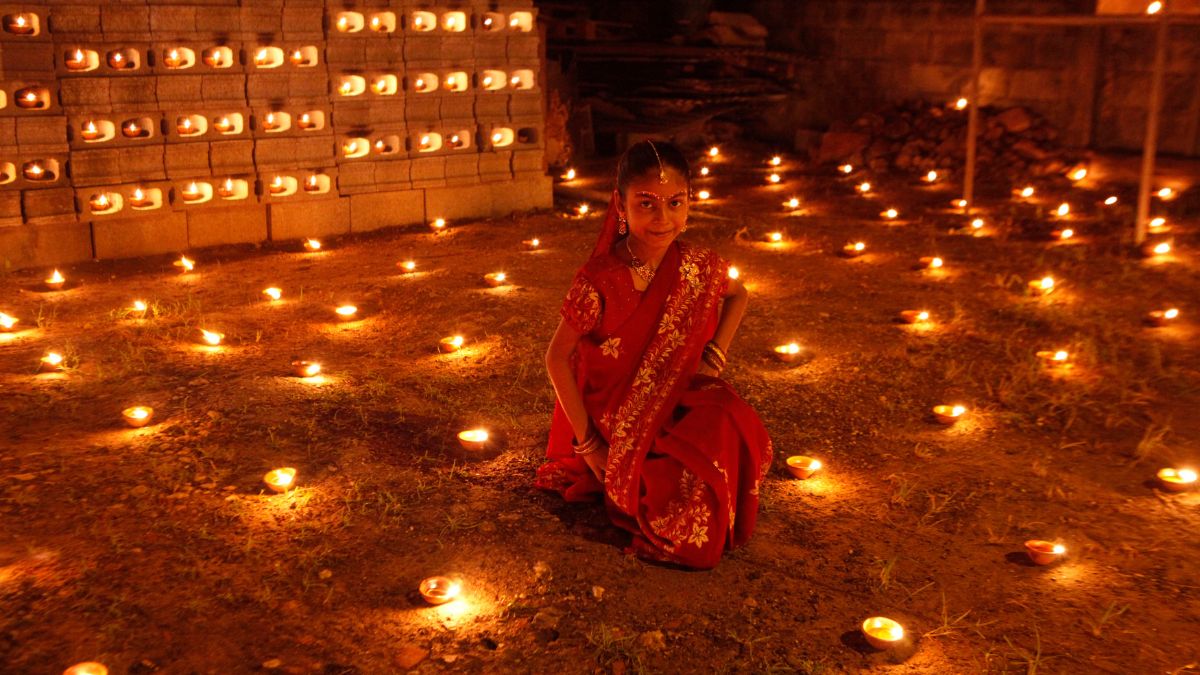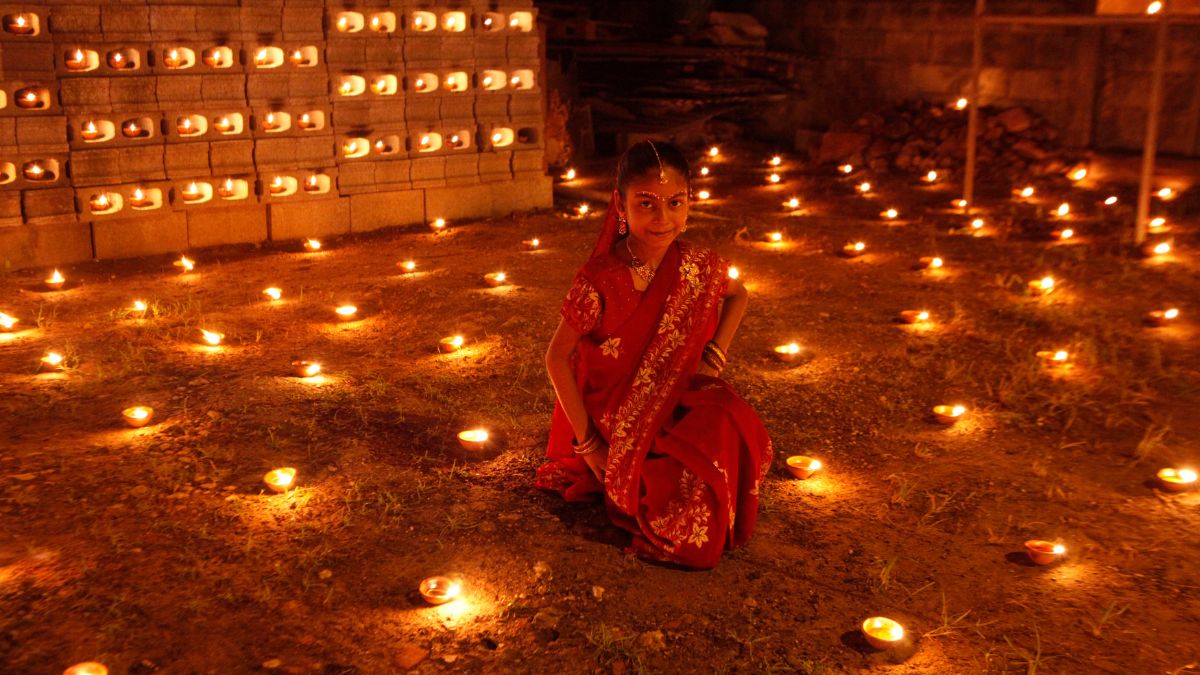Watch: Why the Northeast has been demanding a separate timezone
Simran Taneja
• September 1, 2017, 12:52:42 IST
By the time the working day begins in northeast India on the longest day of the year, the sun is already high in the sky and the heat is nearing its peak.
Advertisement
Find us on YouTube

No rain in Delhi after cloud seeding trials. Why did the experiment flop?
Delhi conducted cloud seeding experiments to induce artificial rain and reduce pollution but saw no rain due to low moisture in clouds. Despite no rain, the cloud seeding trials led to a slight improvement in air quality, with PM2.5 and PM10 levels dropping in targeted areas. More cloud seeding experiments are planned, depending on atmospheric conditions, to further address Delhi's pollution issues.
More Impact Shorts

)
)
)
)
)
)
)
)



